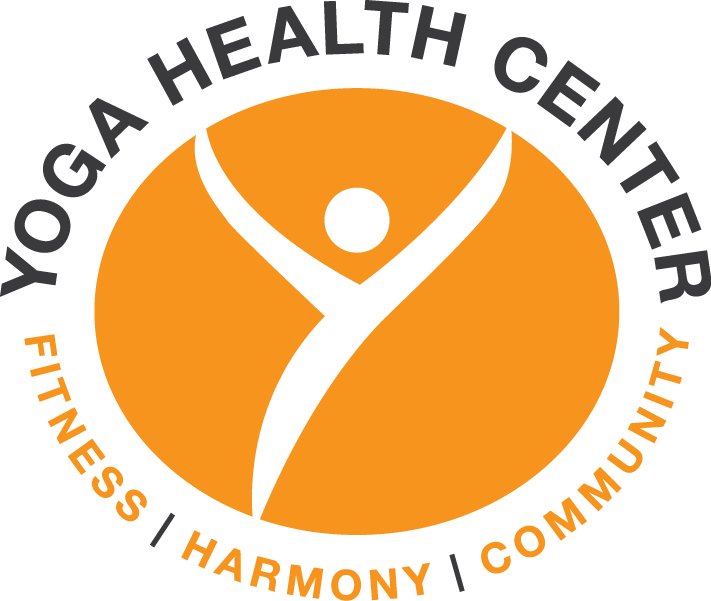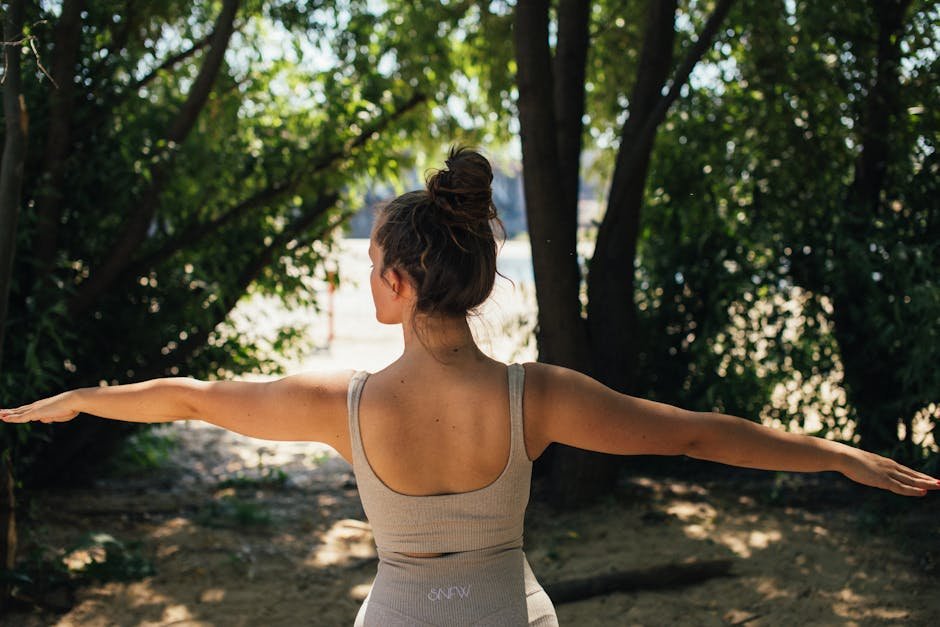Enhancing Your Yoga Skills: Tips for Practitioners of All Levels
Introduction to Advancing Your Yoga Skills
To amp up your yoga game, you don't need magic—just a dab of dedication and the right approach. First things first, understand that advancing in yoga isn't about twisting into the most complex poses; it's about deepening your practice, both mentally and physically. This means focusing on your breath, being more present, and listening to your body. Whether you’re just starting or you've been on the mat for years, improvement is always possible. Start with setting realistic goals. Maybe you want to hold a pose longer, gain more flexibility, or bring more mindfulness into your practice. Whatever it is, make it clear and achievable. Next, consistency is key. Practice regularly, even if it's just a few minutes each day. More practice equals better results—simple. Don't forget to mix it up. Try different styles of yoga, attend workshops, or even join a retreat. Each experience adds a layer to your practice. Lastly, learning never stops. Read books, watch tutorials, and maybe even find a mentor. More knowledge fuels more growth. Remember, advancing in yoga is a journey, not a race. Stay patient, stay curious, and keep practicing.
Understanding the Importance of Breath in Yoga
Breath is everything in yoga. It's not just about bending your body into different shapes; it's how you breathe while doing it that truly matters. In yoga, breath work is called "Pranayama," which literally means "life force extension." This isn't just fancy terminology. By controlling your breath, you're tapping into your body's natural rhythm and energy, which can significantly enhance your practice. Here's why focusing on your breath can make a big difference. First, it helps you stay grounded and centered. No matter if you're in a challenging pose or a relaxing one, your breath keeps you present. Second, it improves your focus and concentration. Instead of letting your mind wander, focusing on your breath brings your attention back to your practice. Third, it increases your endurance and strength. Deep, controlled breathing ensures your muscles get the oxygen they need to perform better and for longer. Lastly, it promotes relaxation and reduces stress. Smooth, steady breaths activate your body's relaxation response, making your yoga practice a true sanctuary of peace. So, next time you're on your mat, remember, your breath is your most powerful tool. Use it wisely.
The Role of Consistency in Improving Yoga Skills
To get better at yoga, make it a regular part of your life. It’s not about doing a lot in one go but about sticking with it day by day. Picture this: practicing yoga often, even if it’s just for a few minutes, is way better than a long session once in a while. This regular practice helps your body get used to the poses and movements. Plus, your mind starts to grasp the flow and the peace that comes with yoga. It’s like learning to play an instrument or a new language; the more you practice, the better you get. You’ll notice your flexibility, strength, and balance improving. Also, your ability to focus and stay calm gets better. So, if you want to see progress in your yoga journey, make consistency your best friend. Simply put, show up on your mat regularly, and you'll see the magic happen.
Incorporating Variety into Your Yoga Practice
Diversifying your yoga routine is key. Always doing the same poses? Time to mix it up. Why? First, it challenges your body. Different poses target different muscles. Second, it keeps your mind engaged. You don’t want yoga to feel like a chore, right? How can you add variety? Try new styles. If Hatha is your go-to, give Vinyasa a whirl. Or explore Yin for deep stretches. Attend different classes. Each instructor brings something unique. Practicing alone? Find online classes or videos. Lastly, change your environment. If weather permits, take your mat outside. Fresh air and nature can transform your session. Variety isn’t just good; it’s essential for growth in your yoga journey.
The Benefit of Setting Personal Yoga Goals
Setting personal yoga goals is crucial. It's like having a roadmap in yoga practice. Without goals, it’s easy to lose track and motivation. Think about what you want to achieve. Is it more flexibility, better balance, or maybe mastering a specific pose? Having clear goals keeps you focused. It pushes you to step out of your comfort zone but in a healthy, gradual way. Plus, achieving these goals brings a huge sense of accomplishment. It boosts your confidence not just in yoga, but in life aspects outside the mat. Start simple. Maybe aim to practice three times a week or hold a pose for a few seconds longer. These small victories stack up, leading to significant improvements. Remember, it's your journey. Your goals are personal markers of your growth in this beautiful practice.
Learning from Advanced Practitioners
Watching and learning from advanced practitioners can really boost your yoga game. These individuals have spent years honing their craft, which means they're treasure troves of knowledge and skill. First off, pay attention to their form. How do they transition between poses? What subtleties in alignment make a difference? This can give you insights into refining your own poses. Next, observe their breathing. Yoga is as much about breath control as it is about physical postures. Advanced practitioners demonstrate how to effectively use breath to deepen poses and maintain focus. Don't be shy to ask them questions. Most are eager to share tips and might offer advice specific to your practice. Remember, it's not about copying exactly what they do but understanding the principles behind their practice. This way, you can apply these learnings to improve at your own pace.
Embracing the Yoga Lifestyle Beyond the Mat
Yoga isn't just about twisting and turning on a mat; it's a lifestyle. That means taking the principles of yoga into your everyday life. It's about how you eat, how you deal with stress, and how you interact with others. Start by eating cleaner, more natural foods. Your body is your temple, after all. Then, work on managing stress through mindfulness and meditation, techniques you learn in yoga. These can help you stay calm and centered, no matter what life throws your way. Lastly, be kind and compassionate toward others. Yoga teaches us about connection and unity. Carry that into your interactions, and you'll see how yoga is much more than just a physical practice. It molds your character and influences your daily life, leading to a healthier, more fulfilled you.
Overcoming Plateaus in Your Yoga Journey
Hitting a plateau in your yoga practice is common. It's like running into an invisible wall where progress seems to halt. But don't sweat it. Here's how to get past it. First, shake up your routine. Doing the same poses every day? Try new ones. Your body adapts to repetitive movements, so introducing new poses can kickstart progress. Next, focus on your weak spots. We all have them. If balance is tricky, work on that. Strengthening your weak points can unlock new levels in your practice. Also, consider joining workshops or yoga retreats. Learning from different instructors can provide new insights and techniques. Lastly, patience is key. Progress in yoga isn't always linear. Sometimes, it's in the subtle deepening of a pose or an improvement in your breath control. Keep practicing, and over time, you'll notice significant advancements. Remember, overcoming a plateau is part of the journey, not a setback.
Integrating Mindfulness and Meditation
Integrating mindfulness and meditation into your yoga practice isn't just a fancy add-on; it's the core of what yoga is all about. Think of yoga as a double-whammy: Not only does it enhance your physical flexibility and strength, but it also sharpens your mind and boosts your mental well-being. Here's the deal – when you zero in on your breath and clear your mind during yoga, you're practicing mindfulness. Simple, right? Now, meditation takes this up a notch. It's like mindfulness on steroids. You sit still, breathe deep, and let your thoughts roll by without getting tangled up in them. Doing this before or after your yoga stretches can make a huge difference. It's like turbocharging your yoga practice, making each session more impactful. You're not just working out your body, but also calming your mind, getting rid of stress, and boosting focus. So, squeeze in some mindfulness and meditation into your yoga routine. It's not complicated – just breathe, focus, and let go. Trust me, your mind and body will thank you.
Summary and Continuing Your Yoga Path
Yoga is a journey, not a destination. To grow in your practice, think of it as a continuous path where learning never stops. Whether you're a beginner who's just starting to touch your toes or a seasoned yogi who can twist into a pretzel, there's always room for improvement. Remember, consistency is key. It's not about doing the hardest poses; it's about showing up on your mat regularly. Listen to your body. Pushing too hard can lead to injury. It’s better to do lighter practices that suit your body's needs than to force yourself into advanced poses before you're ready. Mix things up. Trying different styles of yoga can challenge your body in new ways and keep your practice interesting. Whether it's Vinyasa, Hatha, or Ashtanga, each style has unique benefits and can add depth to your yoga journey. Take workshops or classes. They're great opportunities to deepen your understanding and refine your techniques. Plus, learning from different teachers can provide new insights and perspectives. Most importantly, enjoy the journey. Yoga is not just about physical fitness; it's a holistic practice that nurtures your body, mind, and spirit. Keep exploring, stay curious, and your yoga path will continue to unfold in beautiful and unexpected ways.


